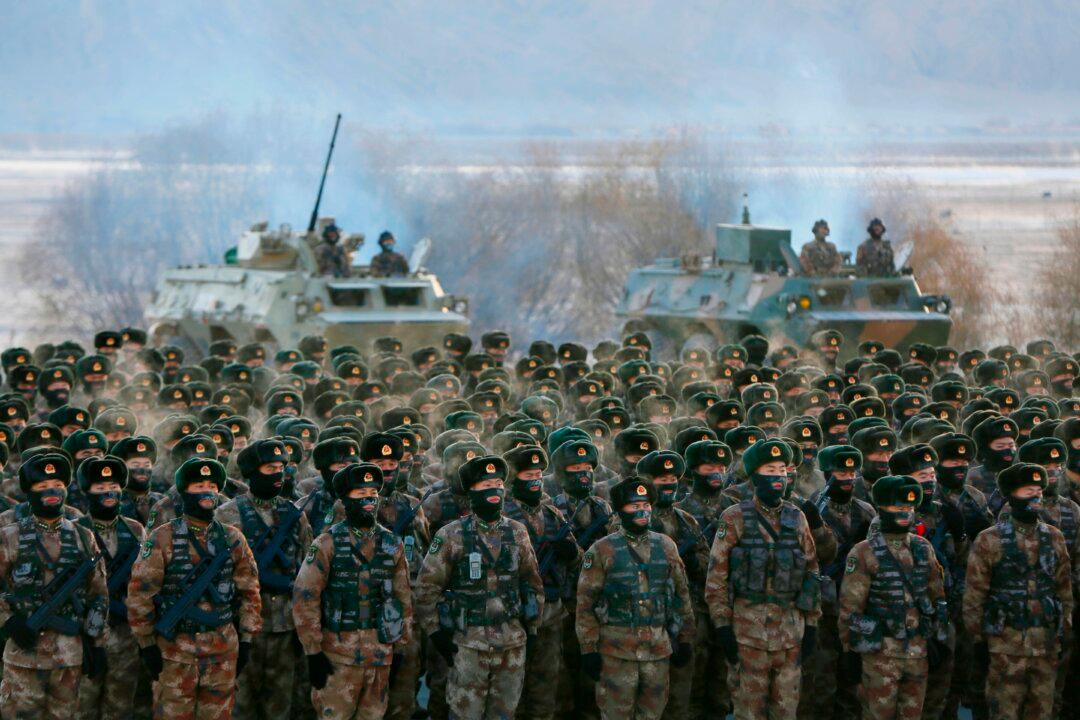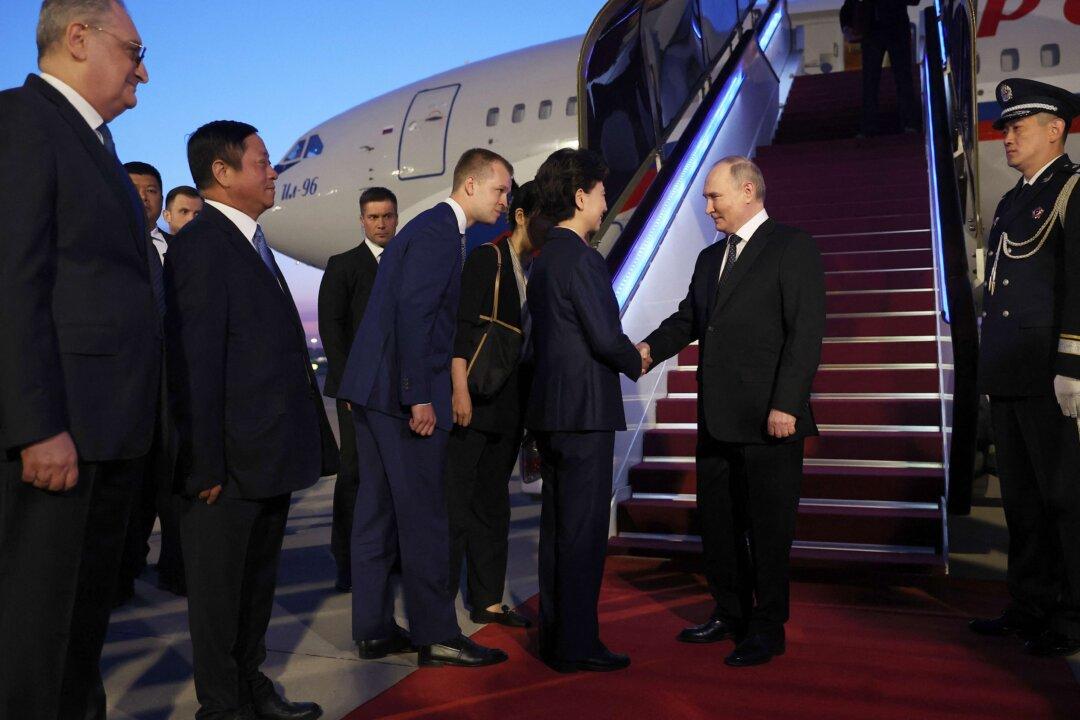Commentary
History has many lessons for militaries. How militaries rise and fall in combat effectiveness and so determine the fate of nations is one of Clio’s salient lessons. They should be well studied by the U.S. military for their implications in the struggle against communist China.





